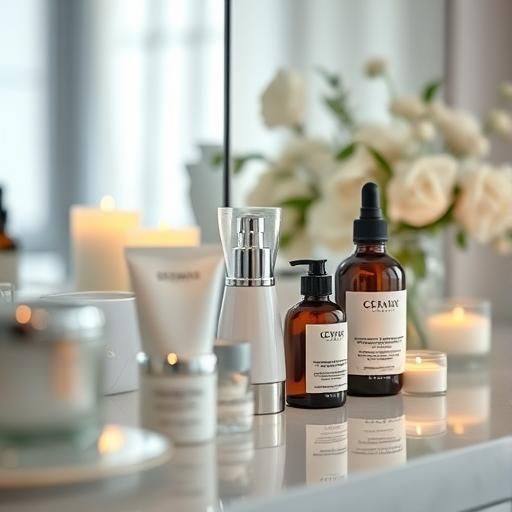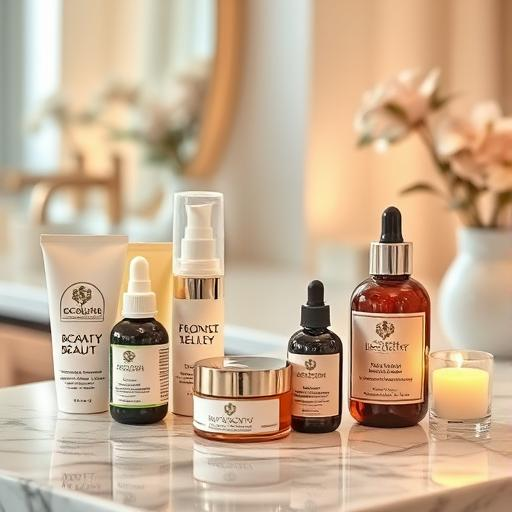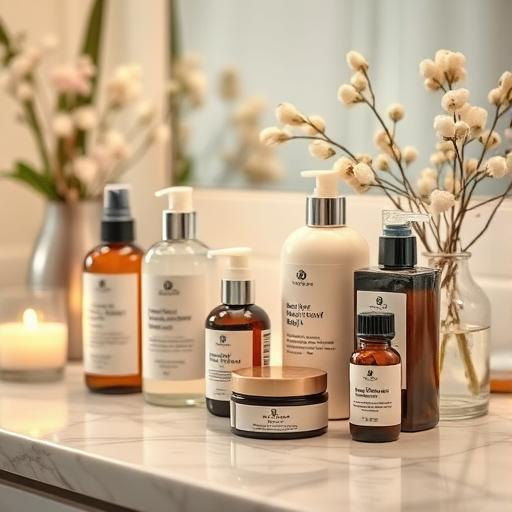
Is Your Pillowcase Causing Breakouts? The Surprising Truth About Fabric & Skin Health
You invest in serums, moisturizers, and cleansers—but did you know your pillowcase could be sabotaging your skincare routine? The fabric you sleep on every night plays a bigger role in acne, wrinkles, and irritation than you might think. Let’s dive into the science behind pillowcase materials and how to choose the best one for your skin type.
Why Your Pillowcase Matters for Your Skin
While you sleep, your face presses against your pillow for 6-8 hours a night, transferring oils, sweat, and bacteria onto the fabric. If your pillowcase isn’t breathable or traps dirt, it can clog pores, cause irritation, and even contribute to premature wrinkles. The right fabric can help keep your skin clear and healthy.
The Best (and Worst) Pillowcase Fabrics for Your Skin
1. Silk: The Gold Standard
Best for: Acne-prone, sensitive, and aging skin
Why? Silk is naturally hypoallergenic, less absorbent than cotton (so it doesn’t strip moisture), and reduces friction that can lead to wrinkles and irritation. Its smooth surface also minimizes bacteria buildup.
2. Bamboo: The Eco-Friendly Choice
Best for: Oily, acne-prone, and sensitive skin
Why? Bamboo is naturally antimicrobial, moisture-wicking, and breathable, making it great for preventing breakouts. It’s also softer than cotton and eco-friendly.
3. Cotton: The Classic (But Choose Wisely)
Best for: Most skin types, especially if you prefer natural fibers
Why? Cotton is breathable and gentle, but opt for high-thread-count (300+) and organic cotton to avoid rough textures that can irritate skin. Downside? It absorbs oils and bacteria more easily, so wash it frequently.
4. Polyester/Satin (Synthetic): Proceed with Caution
Best for: Budget-friendly options (but not ideal for acne-prone skin)
Why? Synthetic fabrics trap heat and moisture, creating a breeding ground for bacteria. They can also cause friction, leading to “sleep wrinkles.” If you love the feel of satin, choose a natural silk alternative instead.
Extra Tips for a Skin-Friendly Sleep Setup
- Wash your pillowcase 1-2x per week to prevent bacteria buildup.
- Switch to fragrance-free detergent to avoid irritation.
- Sleep on your back when possible to minimize face-to-pillow contact.
- Consider a silk or bamboo pillowcase if you’re prone to breakouts or wrinkles.
Final Thoughts: Your Pillowcase Is Part of Your Skincare Routine
Just like choosing the right moisturizer, picking the best pillowcase for your skin type can make a noticeable difference in breakouts, irritation, and even fine lines. If you’re struggling with persistent acne or dryness, your pillowcase might be the hidden culprit. Upgrade to a silk or bamboo option, wash it regularly, and let your skin reap the benefits while you sleep!
RELATED POSTS
View all


